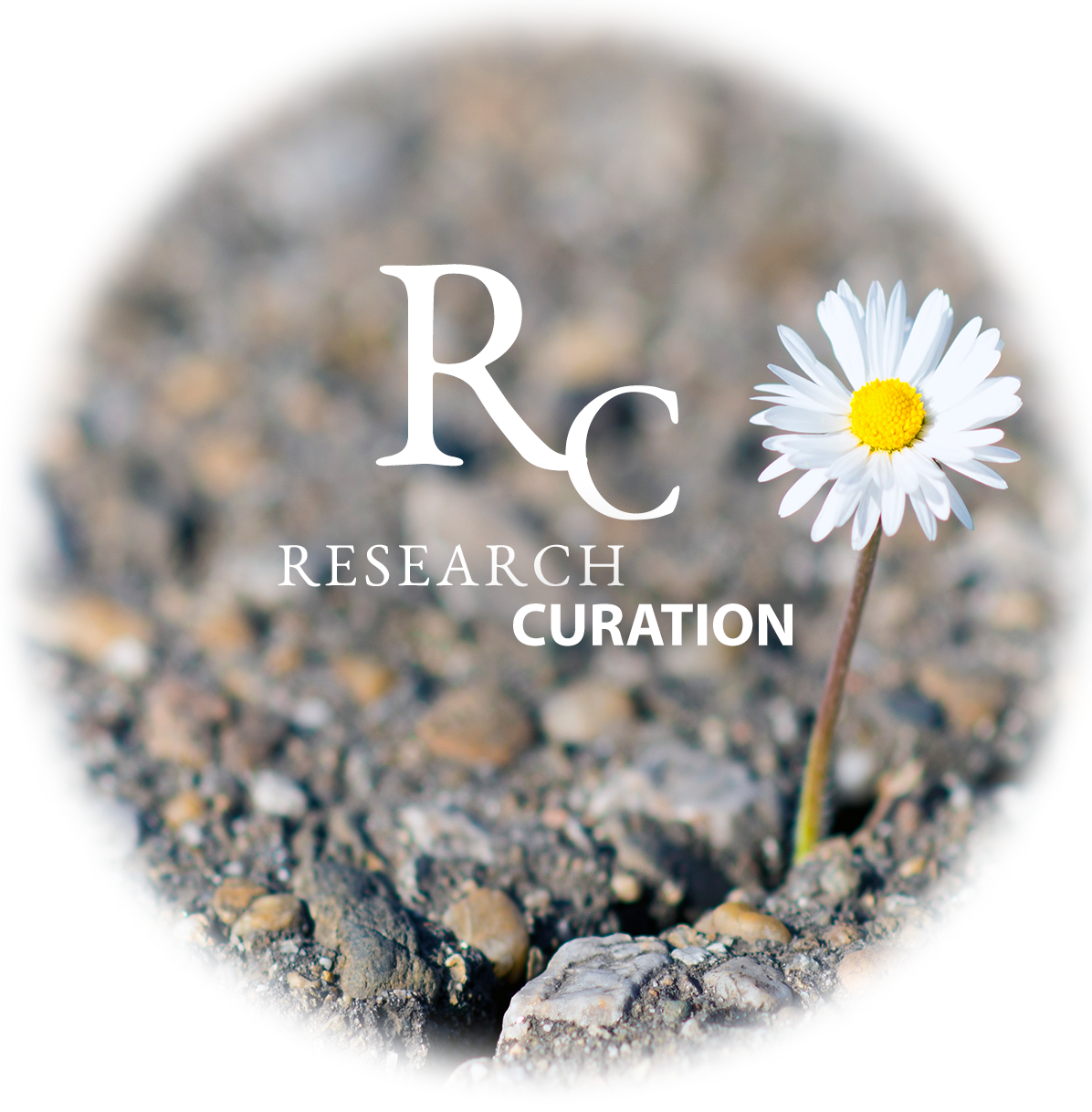 RESEARCH CURATION
RESEARCH CURATION
From September 2017 to February 2019, we led a new SSHRC-funded research project, Research Curation: Making a Difference. This project explores how to integrate contemporary museum and social media marketing practices to improve research dissemination and knowledge transfer between academics and the wider public(s). Given the challenges now facing modern society, never has the timely sharing of evidence to wider publics been more critical.
Project Description
Research Team
WHAT IS RESEARCH CURATION?
Given the spread of misinformation and the challenges in effectively sharing academic research outcomes to the general public(s), it is even more crucial for academic research to make a difference in the ‘noise’ of the Internet. Research curation is a way to communicate research outcomes online to diverse audiences, building upon contemporary museum practices as well as best practices in social media marketing. It combines internet communication technologies (ICT’s) with select curatorial and communication frameworks for wider dissemination of research outcomes.
RESEARCH ACTIVITIES
To develop our research curation framework, we conducted the following research projects:
- Social Media Research and Testing: During the 18-month granting period, we led a series of social media experiments to not only identify different strategies but also test different web communications techniques.
- Museum Research: We conducted research on curatorial and communications practices developed in museums that were applicable to and adaptable for online dissemination of research findings.
- Student Survey: From March to May 2018, we collected survey results from 203 undergraduate students at Royal Roads University. Our questions focused on how students, ages 18 to 34, used social media and accessed information online.
- Environmental Scan: We completed an environmental scan to identify researchers, artists, and community leaders who communicate and share knowledge about the critical challenges the world is facing. This helped to uncover different strategies and techniques that informed our research curation framework.
- Biodiversity Conversation Series: We hosted a real-time conversation series that brought together experts from across Canada to uncover solutions for biodiversity loss. This project was used to experiment with web and graphic design, social media marketing, image use, and network formation practices.
- Research Exhibit: We curated an exhibit showcasing our 18 years of research to put into practice what we learned. Using curatorial techniques from museums, we created a multi-media display that showcased striking giclee visuals with interactive web content.
RESEARCH OUTCOMES
Academic Research Curation Best Practices Guide
This research curation guide outlines how to effectively engage audiences and communicate academic research outcomes online. It details how to develop a digital communication strategy, the use of two museum frameworks applicable to web content development, social media best practices and lessons, and how to reformat research outcomes into a selection of engaging media formats.
Publications
-
Clifton-Ross, J., Dale, A., & Newell, R. (2019). Frameworks and Models for Disseminating Curated Research Outcomes to the Public. SAGE Open, 9(2). Download
- Dale, A., Clifton-Ross, J., Jost, F., Hodson, J., Leighton, H. & Bernard, M. (2019, submitted) Communicating Biodiversity and Climate Change Research: Harnessing the Power of Art, Science, and Social Media. Journal of Community Engagement and Scholarship. Coming soon
-
Hodson, J., Dale, A. & Clifton-Ross, J. (2018). Sharing sustainability stories: Case study of social media content curation for Canada Research Connections. Journal of Digital & Social Media Marketing, 6(3): 1-13. Download
-
Hodson, J., Dale, A & Peterson, B. (2018). The Instagram #climatechange Hashtag Community: Does It Impact Social Capital and Community Agency? International Journal of Interdisciplinary Environmental Studies 12(3):17-35. Download
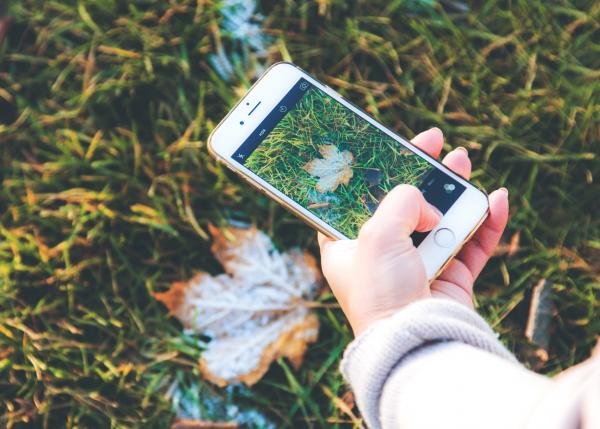
Art, Aesthetics, and Making the World a Better Place Interactive Map
There are many researchers, artists, and community leaders working to communicate and share knowledge about critical challenges we now face—not the least of which is biodiversity conservation and climate change adaptation and mitigation. We wanted to showcase some of this wonderful work by mapping a series of collectives, projects, research labs (academic and non-academic), non-profits, museum organizations, and artists. The main criteria for each node are their focus on mobilizing knowledge, research, and information around a variety of subjects related to sustainable community development (climate change, health, resilience, biodiversity, energy, policy, etc.). The organizations selected also used visual messaging and/or the fine arts (visual art, music, theatre) to communicate their work. Many are also incredibly active bloggers and use a variety of social media channels (Facebook, Twitter, Instagram, YouTube, etc.) to reach new audiences.
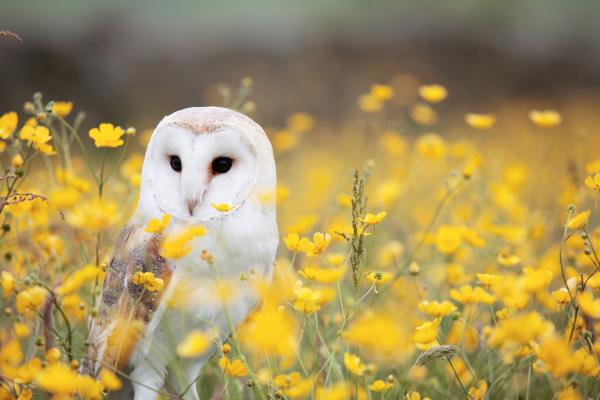
Moderated by Professor Ann Dale, co-chair of Women for Nature, and in partnership with Nature Canada's Women for Nature initiative, this curated series of real-time virtual conversations took place from September 2017 - April 2018. Designed to increase civic awareness, engagement, and literacy on the importance of biodiversity conservation in Canada, it brought together female researchers, practitioners and civil society leaders from diverse sectors. Together they discussed ideas, local actions, and solutions to help identify and discuss strategies to help inform decision-makers as well as the Canadian public on biodiversity conservation. Click on the items below to explore our project research outcomes.
-
What is Biodiversity and Why is it Important? Panelists began with a broader discussion on the nature of biodiversity conservation, before moving into more specific issues. They explored the critical relationship between human well-being and biodiversity, focusing on diversity as a general theme, as well as the current state of biodiversity loss in Canada. They discussed why it is imperative for Canada now, looking at the 2016 Living Planet Report, the state of North America’s Birds 2016 and the connection between biodiversity conservation and regenerative sustainability.
-
From the Local to the Global This conversation used the monarch butterfly to illuminate the local to global interdependencies of biodiversity conservation. Panelists revealed the dynamic interconnections and the need for global governance systems essential to protecting critical habitats and migratory paths. Biodiversity, like climate change, does not respect political borders and requires a broader systems approach for its conservation.
-
Drivers and Barriers This conversation focused on the drivers and barriers to the national, regional and local resolution of biodiversity conservation as biodiversity conservation is an issue that requires work from multiple scales. Panelists also explored what Canadians can do in their day to day lives to help protect and preserve biodiversity, individually and collectively.
-
Where Do We Go From Here? This conversation brought forward recommendations from the previous three to develop more concrete on-the-ground actions. Following this conversation, an action agenda sharing ideas from the 40 panelists and e-audience members was released for Canadian decision-makers in all sectors. Imagine if we design with biodiversity in mind, the possibilities that would open up.
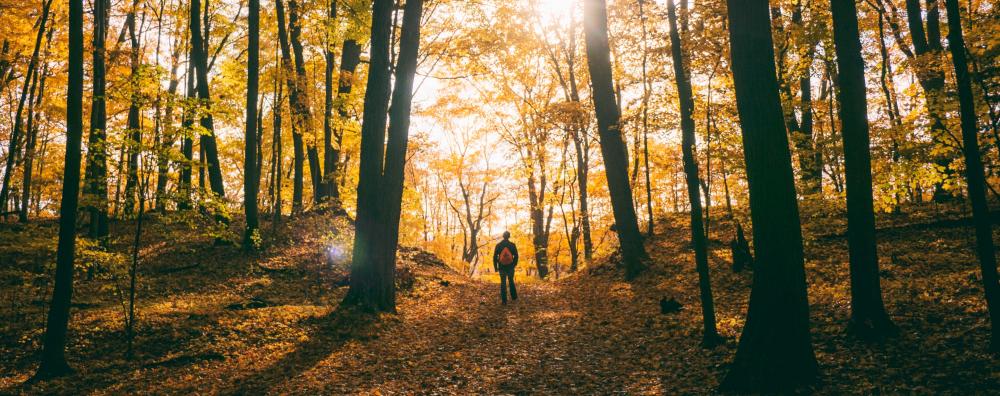
Our new report on the state of biodiversity loss in Canada warns that if Canadian policymakers don’t take drastic action, the country’s iconic species like the polar bear and the loon could be lost forever. As a 24-point action agenda, it suggests new strategies for informing Canadians about nature: designing cities with natural connections and using new technology and the arts to talk about protecting lands, waters and wildlife. It also includes bold asks for policymakers, like the creation of new protected areas, more partnerships with Indigenous Peoples and enforcement of species at risk legislation. Co-authored by Women for Nature following our conversation series exploring biodiversity loss in Canada, Biodiversity Conservation: A Call for Action for Canadian Decision-Makers argues that a loss of species is hard to notice if you can’t name the different plants or animals in your own backyard.
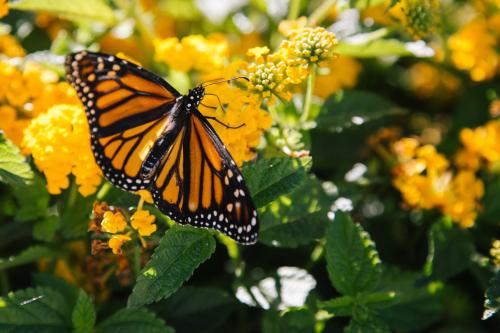
We curated a rich resource library featuring informative content on biodiversity. It features articles, reports, videos, art projects, and data visualizations. We are continually updating the library given the urgent nature of the topic. Learn about soil biodiversity, the state of North American birds, ocean health, recommendations for biodiversity conservation action, and more.
